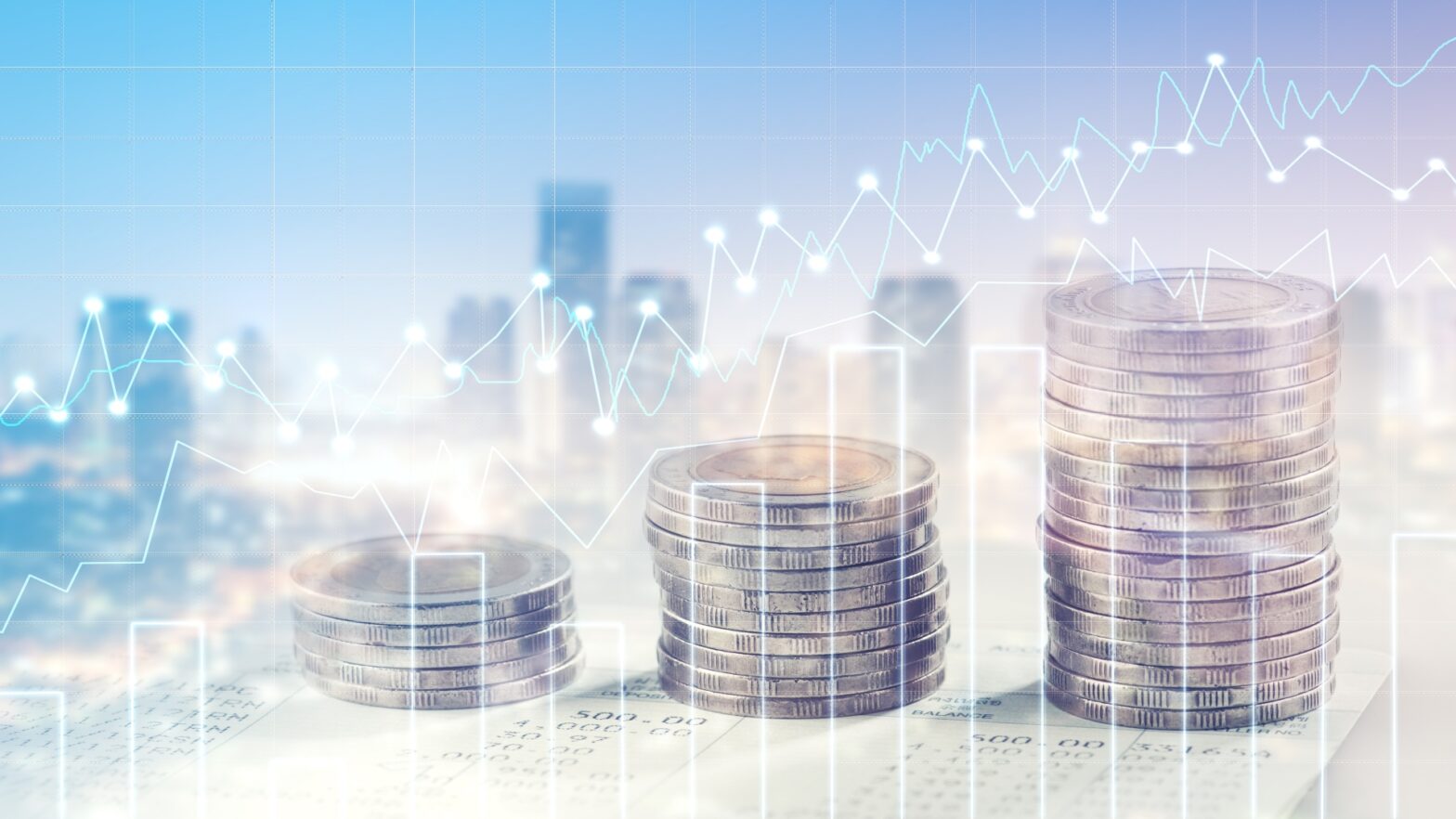
Author – Caspar Rock, Chief Investment Officer, Cazenove Capital
The last time Japan’s stock market was at current levels, in December 1989, the dust was still settling from the fall of the Berlin Wall and Billy Joel was topping the US charts. For the best part of twenty-five years after that, it was one of the world’s weaker stock markets, until its fortunes started to rebound with the reforms of late prime minister Shinzo Abe. Continued improvement in the economic outlook led to another significant rally in 2023: the Nikkei index has risen by more than 40% over the past year, finally taking it back above its 1989 peak.
Looking at other developed markets over the past 34 years, the S&P500 has risen 14-fold and the EUROSTOXX 50 four-fold, while Japanese corporate profits have roughly tripled. So the new high in the Nikkei 225 may not seem all that special to some.
Japanese equities are now a key holding in Cazenove Capital portfolios, following our decision last year to allocate more to the country than suggested by its weighting in global equity markets. As is often the case, the strong performance of Japan’s equity market has been accompanied by a weakening of the yen. This means that UK investors have given up some of the returns enjoyed by Japanese investors, but even after adjusting for currency moves Japanese stocks are still up by an impressive 23% over the past year.
Market memories
The Nikkei’s revival brings back many memories for me, as it will for other market veterans. There was incredible excitement about Japan back then. Sushi and sake were great novelties and friends started learning Japanese, which was increasingly regarded as the language of the future. Popular books and films were filled with references to Japan’s growing influence – such as the (fictional) Nakatomi Plaza in the Christmas classic Die Hard.
This cultural fascination had its roots in Japan’s very real economic boom of the 1980s. At the end of the decade, the Imperial Palace and its grounds were worth more than the whole state of California because Tokyo real estate was so phenomenally expensive. The stock market was valued at an eye-watering price to earnings ratio of 60 and Japanese companies were buying up trophy assets in the US, including the film studio Columbia Pictures and New York’s Rockefeller Center.
For a brief time, the Japanese stock market made up 50% of the value of global shares and 15 of the 20 most valuable companies in the world were Japanese.
After the boom came a savage bust in the 1990s. This was followed by years of sluggish economic growth and the relative importance of Japan’s markets dwindled. Even after the rally of the past year, Japanese shares still only account for around 6% of global equity market capitalisation.
We remain optimistic. After decades of flirting with deflation, Japan is now experiencing a “healthier” level of inflation. This gives companies more confidence to invest and encourages consumers to spend. Japanese companies also have significant cash on their balance sheets, which they are increasingly using to boost returns, either by investing or returning capital to shareholders. And unlike in 1989, valuations today look very reasonable, with the market trading at a price to earnings multiple of around 15.
The bubble era peak symbolises Japan’s “lost three decades,” so the new high is regarded as significant. Japanese corporate managers see the end of deflation as marking the start of a stronger economic cycle and are committing to achieving further growth.
Deglobalisation
The idea of “deglobalisation” is an important one in our current thinking about the global economy. It describes rising geopolitical tension between countries and regions, but also the increasing divergence in their economic performance. Today, we are seeing stronger growth in Japan and the US, and weaker growth in the UK, Europe and China. A quick survey of global markets shows that while Japan is joining the US in making record highs, many other markets, such as China, Spain and Italy, are well below all-time highs – and have been for years. It is a reminder that how we choose to allocate capital between different regions of the world can be a hugely important driver of returns. Stepping back to look at the big picture suggests that Japan could have more catching-up to do. The US now accounts for around 17% of global GDP, but its stock market represents just over 60% of global equity market value. Japan’s economy was overtaken by China’s some years ago, but it is still third largest in the world and accounts for some 4% of global output. Given the positive tailwinds for its corporate sector, its 6% weighting in global markets feels undemanding and could suggest the strong performance continues.




























